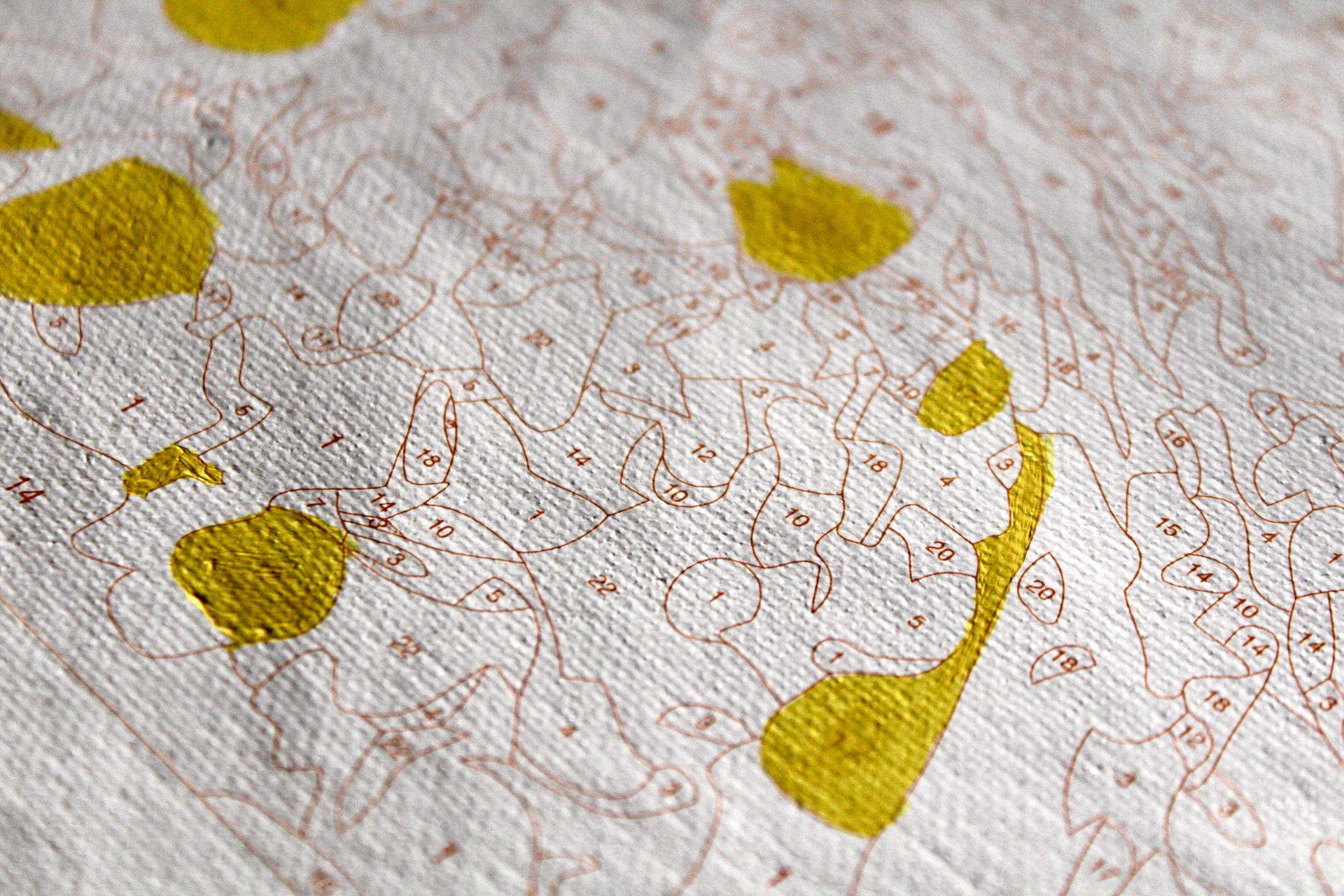Art is not a commodity; “Art is for everybody”
How Keith Haring’s famous quote promotes the accessibility of art in our everyday lives.
It can seem impossible to maintain creativity in a culture that views the pursuit of and engagement with art as a luxury reserved for the elite. Creating art seems almost elusive, an ideal for those who can afford to make it, buy it, or sell it. But as the late contemporary artist and activist Keith Haring famously stated, “Art is for Everybody.”
Haring was always interested in the accessibility of his work. His belief that “The public has a right to art” and his desire to reach a wider audience inspired him to use empty advertisement panels in the subway as his canvas and chalk as his medium. Making art widely available to the masses is a crucial part of promoting creativity. Such accessibility measures can be observed today in the implementation of free community-based exhibits and workspaces, such as Toronto’s iconic Graffiti Alley or Mississauga’s Small Arms Inspection Building—as well as the protection of financial aid programs that provide access to classes, studios, and supplies. A detailed list of local art installations and services can be found on Visit Mississauga’s website.
It’s not just the viewing of art that must be expanded, but the creative act itself. Due to an overtly consumerist climate, creating art is often reduced to a financial pursuit reserved for those who have something of value to sell. It’s as though one cannot dabble in artistic pastimes without falling victim to the pressure of perfection and a culture that views art as a lucrative “side gig.” After all, what’s the value of a hobby if it can’t turn a profit?
And yet, we find ourselves signing up for Paint & Sip nights, joining pottery classes, and doodling in the margins of our notebooks, regardless of whether we’ll become “the next big thing.” Art can simply be done for art’s sake. With no shortage of mental and physical benefits, art is often implemented as a non-medical aid to a plethora of health concerns, including stress reduction. The repetition involved in tactile activities like sculpting or crocheting serves as a sensory stimulant—promoting mindfulness, concentration, and patience.
Nurturing creativity can equally deepen one’s engagement with their community, and in turn, promote solidarity and advocacy for marginalized groups. Haring’s work has always been a symbol of anti-capitalist, anti-apartheid activism, and an outlet through which he’s raised awareness for the AIDS epidemic. As we celebrate his legacy, we must remember his focus on art as a tool of change, to ensure that art truly is for everybody.

